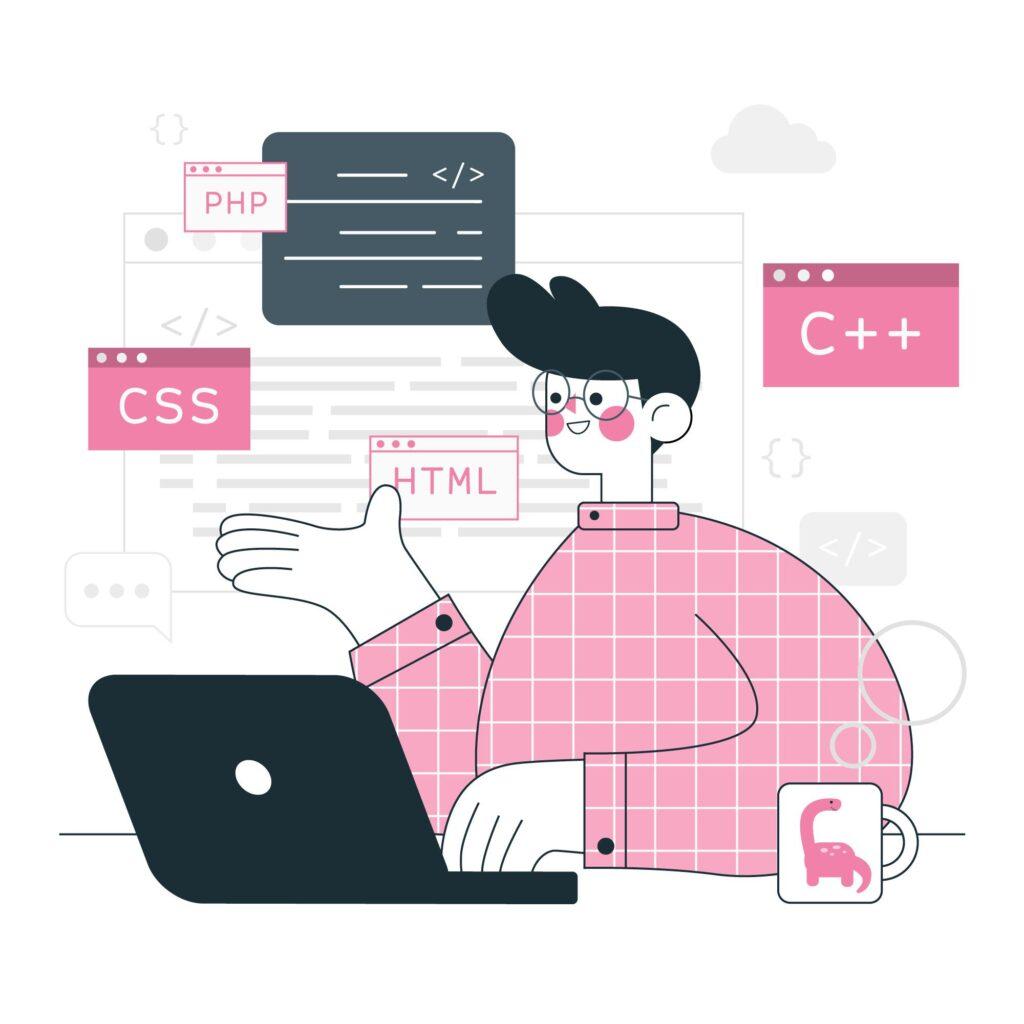
CSS (Cascading Style Sheets) is a stylesheet language used for describing the presentation of a document written in a markup language. CSS Intro
CSS used to add styling, layout, and formatting to web pages written in HTML or XML. CSS allows developers to separate the presentation of a website from the structure, making it easier to maintain and update the design of a website. It can be used to control the color, font, spacing, and other aspects of webpage design, and can also be used to create responsive designs that adapt to different screen sizes and devices. CSS Intro
Version of CSS: CSS Intro
Here is a list of all the released versions of CSS (Cascading Style Sheets) till now:
- CSS1 – 1996
- CSS2 – 1998
- CSS2.1 – 2011
- CSS3 – 1999 (divided into modules, not a single release)
- CSS4 – 2020 (the development of it is still ongoing)
CSS1 was the first version of CSS and was released in 1996. It provided basic styling capabilities such as text formatting, color, and layout.
CSS2, released in 1998, added more advanced capabilities such as support for media types, absolute, relative and fixed positioning of elements, and support for aural styles.
CSS2.1, released in 2011, is a revision of CSS2 that clarified and corrected some parts of the specification.
CSS3, released in 1999, is actually a series of individual modules that provide new capabilities such as animations, transitions, and responsive design. Each module has its own release date and is being updated as needed.
CSS4, is the latest version of CSS, it is still ongoing development and has not officially released yet. It will likely include new features such as color manipulation, grid layout, and a new layout model.
Purpose of CSS:
The purpose of CSS is to separate the presentation of a website from its structure and content. By using CSS, developers can apply styles, layout, and formatting to web pages written in HTML or XML without having to make changes to the underlying HTML or XML code. This makes it easier to maintain and update the design of a website, as changes can be made in one place (the CSS file) instead of having to update the design in multiple places throughout the HTML or XML code.
CSS also allows for the creation of responsive designs that adapt to different screen sizes and devices. By using CSS media queries, developers can apply different styles based on the screen size, resolution, and other characteristics of the device being used to view the website. This allows for a better user experience, as the website will look and function correctly on a variety of devices.
In summary, the main purpose of CSS is to:
- separate the presentation of the website from its content and structure, making it easy to maintain and update.
- create responsive designs that adapt to different devices.
- Add styling, layout, and formatting to web pages.
Advantages of CSS:
- Separation of presentation and content: By using CSS, developers can separate the presentation of a website from its structure and content. This makes it easier to maintain and update the design of a website, as changes can be made in one place (the CSS file) instead of having to update the design in multiple places throughout the HTML or XML code.
- Reusability: CSS styles can be reused throughout a website, which can save time and effort when making changes to the design.
- Improved accessibility: CSS allows developers to create web pages that are more accessible to users with disabilities by providing greater control over the presentation of a website.
- Better performance: Using CSS can improve the performance of a website by reducing the amount of code that needs to be downloaded and rendered by the browser.
- Responsive designs: CSS allows for the creation of responsive designs that adapt to different screen sizes and devices. By using CSS media queries, developers can apply different styles based on the screen size, resolution, and other characteristics of the device being used to view the website.
Disadvantages of CSS:
- Complexity: CSS can be complex and difficult to learn, especially for beginners.
- Browser compatibility issues: Different browsers may interpret and render CSS in different ways, which can lead to compatibility issues.
- Lack of layout control: CSS does not provide as much control over layout as other technologies, such as tables.
- Slow rendering: older browsers may have a slow rendering process which can result in a less responsive design and a poor user experience.
- Maintenance: A large and complex CSS file can be hard to maintain, especially when multiple developers are working on a project.
Table of Contents
CSS Intro CSS Intro CSS Intro CSS Intro CSS Intro CSS Intro
